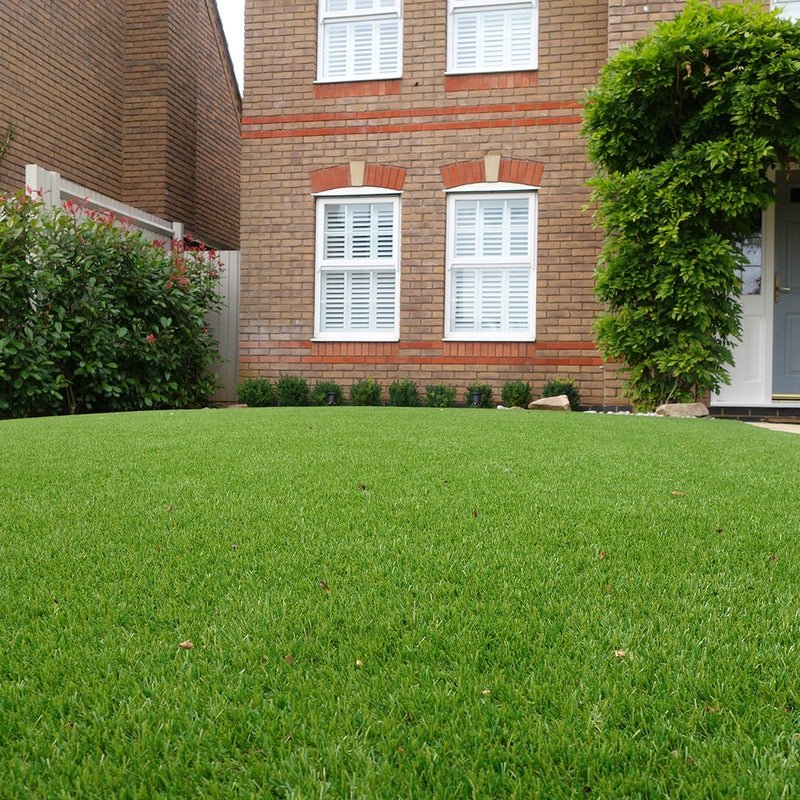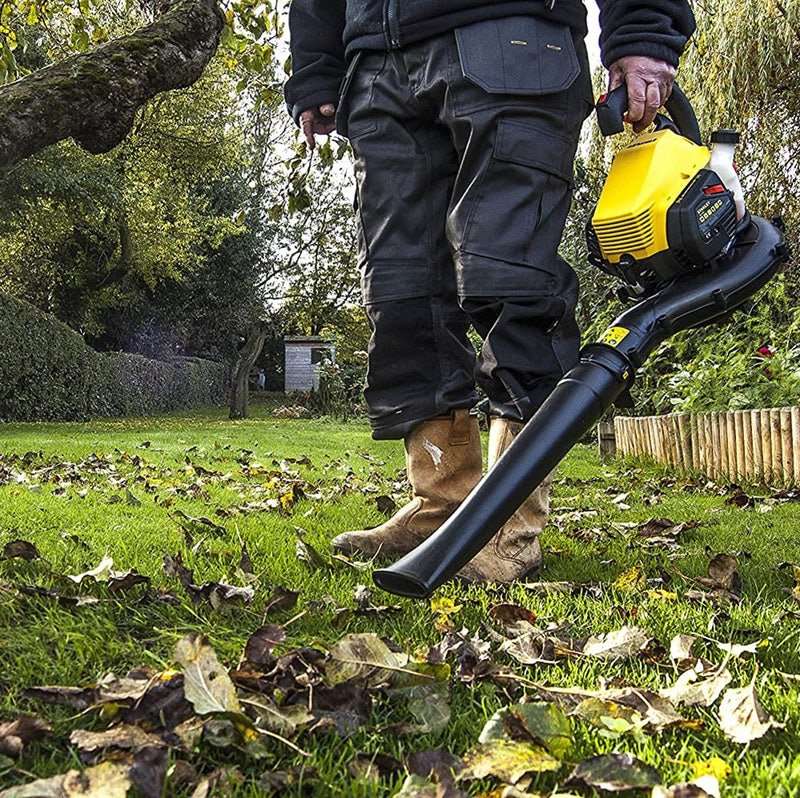Weeds can pop up anywhere and, unfortunately, artificial grass is no exception. Find out how you can prevent weed growth in your artificial grass!
Table of contents:
- Why are weeds growing through artificial grass?
- How do you stop weeds growing through fake grass?
- Do you need to clean artificial grass?
Why are weeds growing through artificial grass?
Weeds aren’t any different when it comes to artificial grass. As weeds grow wherever they want, regardless of whether they are in the soil, compost or another material, it can be difficult to stop them entirely.
Artificial grass is just the place for weeds to grow. As weeds can blow in the wind easily, like other plant seeds, they can land anywhere to sprout. So when the wind picks up weed seeds and blows them onto your fake grass, they can sit and grow perfectly in between the blades of the artificial grass.
How do weeds grow through artificial grass?
When they’re first “born”, weed seeds use their own nutrients to support themselves for a few days. Once weeds sprout roots, they need water/moisture to continue to grow. Unfortunately, small weeds don’t need a lot of moisture unless the heat gets worse, but even then they’ll do their very best to stay alive.

How do you stop weeds from growing through artificial grass?
There are a few ways you can prevent the growth of weeds in artificial grass.
Weed control fabric
Unlike real grass, it can be easier to prevent weeds through artificial grass by installing a specific weed control fabric beneath the grass. Many modern artificial types of grass come with a membrane to save time during installation, but many still require a separate layer of weed control fabric in order to support reduced weed growth.
If you have yet to install fake grass, it’s important to place down the weed control fabric for artificial grass during installation. Also known as a weed membrane or weed barrier, an artificial grass weed barrier can prevent the growth of weeds coming up through the grass and ruining the appearance of the lawn.
General maintenance
If you don’t have a weed control fabric, you’ll need to do more to ensure weeds are kept away.
As with any outdoor feature, you need to maintain it. This is no different when it comes to artificial grass. Although you don’t have to cut it, you will need to ensure it is maintained for drainage as well as appearance.
Leaves, moss and other debris are likely to build up which can cause issues with drainage. This allows more weeds to thrive on the surface. So ensuring the surface is cleaned and debris is brushed away regularly then it will ensure the area is less likely to house weeds in the future and maintain suitable drainage.
You can reduce the risk of airborne weeds using one or multiple of the following:
- Leaf blower
- Stiff brush
- Plastic rake
Trimming any hedges or overhanging trees can also limit the leaves falling onto the grass. Therefore, reducing the amount of weed growth following seed spreads.
Weed killer is also a viable option when it comes to weed control. At least twice a year is recommended for the entire area to support reduced weed growth. So if any do grow in the time of use, these can be removed with ease.

Do you need to clean artificial grass?
Cleaning artificial grass can be beneficial alongside weed prevention. Check out our guides about “How to clean artificial grass“, as well as “Looking after artificial grass when you have pets” for more advice
You can also visit our “Artificial grass buyer’s guide” to find out about what options of fake grass are available to you and more.















